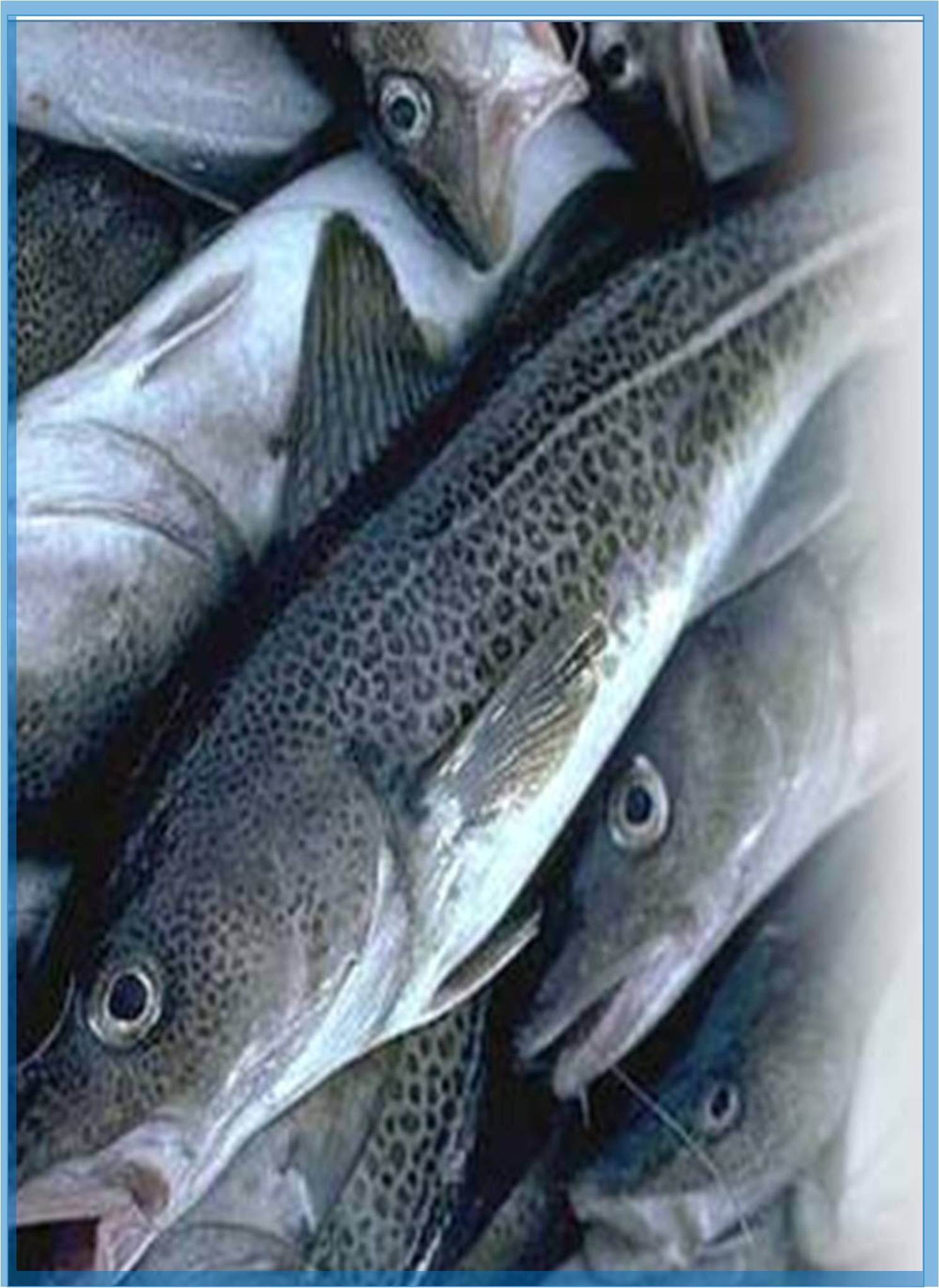



Received: 31-Jan-2022, Manuscript No. GJFA-22-58874; Editor assigned: 02-Feb-2022, Pre QC No. GJFA-22-58874(PQ); Reviewed: 16-Feb-2022, QC No. GJFA-22-58874; Revised: 21-Feb-2022, Manuscript No. GJFA-22-58874(R); Published: 28-Feb-2022, DOI: 10.15651/2408-5464.22.9.079
Marine habitats are habitats that upkeep marine life. Marine life hinge on in some way on the saltwater that is in the sea (the term marine comes from the Latin mare, meaning sea or ocean). A habitat is an ecological or environmental area inhabited by one or more living species. The marine environment chains many kinds of these habitats. Marine habitats can be distributed into coastal and open ocean habitats. Coastal habitats are found in the area that lengthens from as far as the tide comes in on the shoreline out to the edge of the continental shelf. Most marine life is found in coastal habitats, even though the shelf area inhabits only seven percent of the total ocean area. Open ocean habitats are originated in the deep ocean beyond the edge of the continental shelf.
Alternatively, marine habitats can be alienated into pelagic and demersal zones. Pelagic habitats are found near the surface or in the open water column, away from the bottom of the ocean. Demersal habitats are near or on the bottom of the ocean. An organism living in a pelagic habitat is supposed to be a pelagic organism, as in pelagic fish. Similarly, an organism living in a demersal habitat is supposed to be a demersal organism, as in demersal fish. Pelagic habitats are intrinsically shifting and ephemeral, depending on what ocean currents are doing.
Marine habitats can be improved by their inhabitants. Some marine organisms, like corals, kelp, mangroves and seagrasses, are ecosystem engineers which reshape the marine environment to the point where they form further habitat for other organisms. By volume the ocean delivers most of the habitable space on the planet.
The mainstream of marine insects occurs in the intertidal zones that can be further characterized by the types of vegetation associated with them, for example seagrasses and rushes, mangroves, seaweeds, or other higher plants. The salinity of water in the various intertidal habitats tends to be variable or brackish. Larvae of some marine chironomids live among submerged vegetation in the sublittoral zone, which may contain algae and various green plants.
Scientists estimate that about one million species of animals live in the ocean. But most of them are invertebrates (Jelly fish and Shrimp). The most common vertebrate on Earth is the bristlemouth (tiny ocean fish) that radiances in the dark and has needle like fangs.
Marine topographies comprise coastal and oceanic landforms ranging from coastal estuaries and shorelines to continental shelves and coral reefs. Further out in the open ocean, they comprise underwater and deep sea features such as ocean rises and seamounts. The submerged surface has mountainous features, counting a globe-spanning mid-ocean ridge system, as well as undersea volcanoes, oceanic trenches, submarine canyons, oceanic plateaus and abyssal plains.